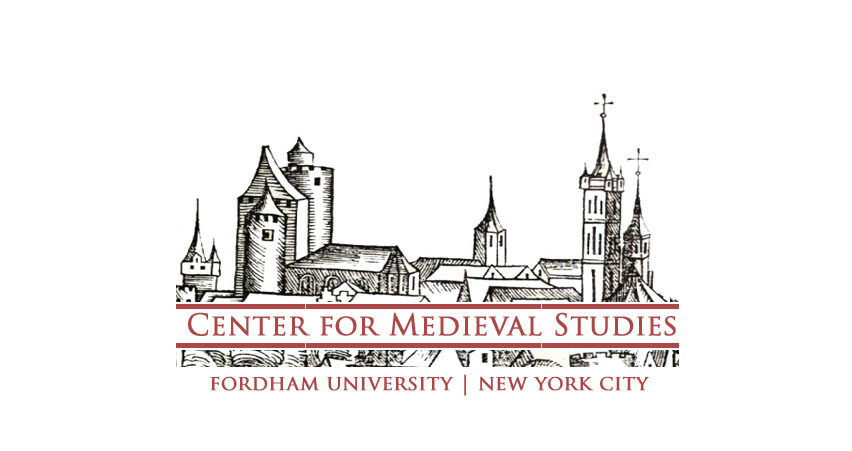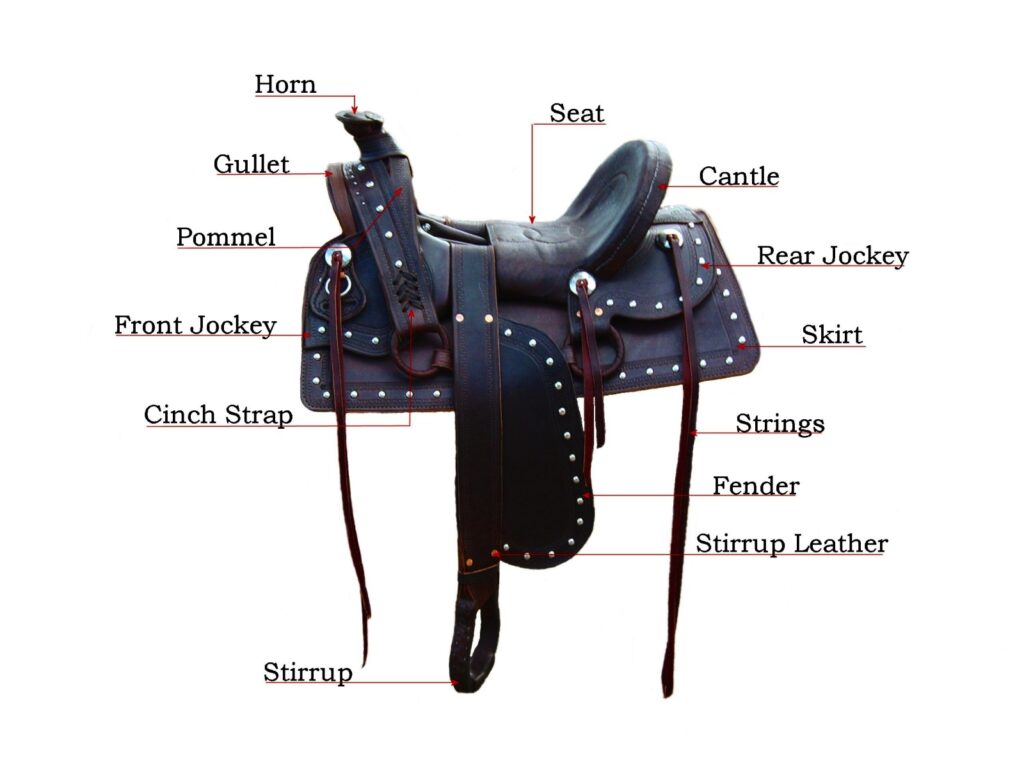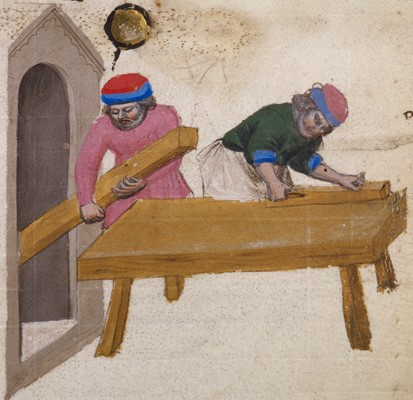Welcome to the Medieval Londoners Blog. Please subscribe to receive updates on new material added to the Medieval Londoners Project and other items of interest to those working on medieval London. Since the last post, MLD has added 1558 records on London Skinners and others who appeared in the printed accounts of their fraternity, as well as 612 records on London saddlers and their contacts. For other forthcoming datasets, see What’s New in MLD?
New Export and Print Functions for MLD
MLD is pleased to announce a new feature that allows users to download data in PDF format or an Excel spreadsheet. Simply click on the blue Export button located at the top of the Browse Londoners or Browse Records screen to see a drop-down menu with both options.

You can choose which columns/fields that you want to appear on your exported report by selecting fields from the Show/Hide Columns button and by clicking on one or more of the filters on the left side of the search screen (or by using the search boxes at the top of each column) to focus your search on particular records. For example, if you go to Browse Londoners and click the Occupation filter for goldsmith (which produces 468 records) and then Parish filter for St Peter Westcheap, 28 records for goldsmiths fit this parameter; the beginning of this selected dataset is shown below in an Excel spreadsheet.
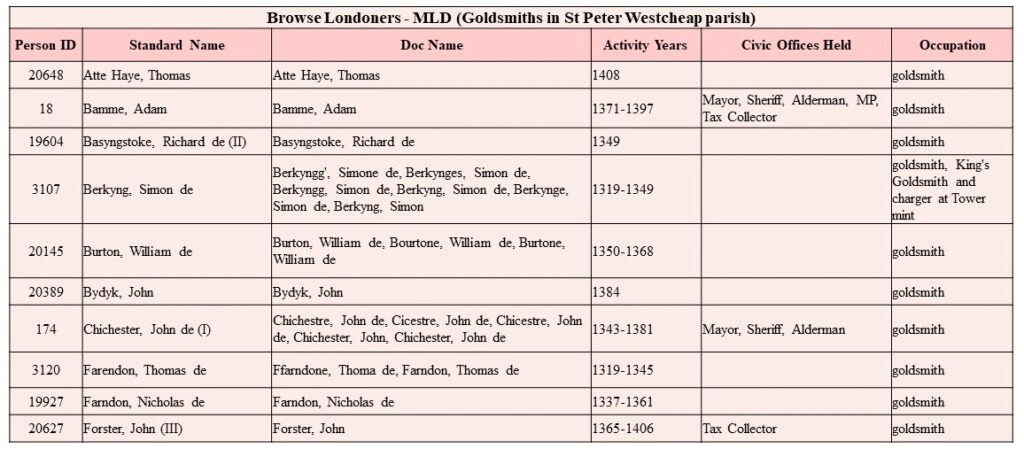
To use another example, a search of Browse Records for all female orphans yields 20 records, the first three of which are shown on this PDF download.
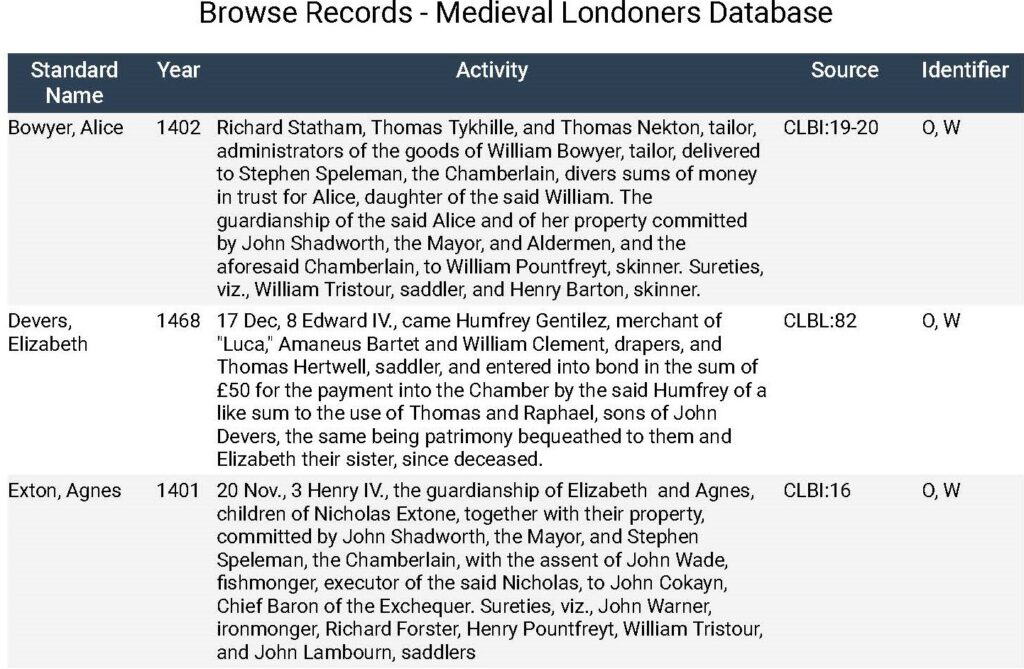
Remember too that Londoner Profile View for each individual can also be printed out using the Print Summary button at the top of the profile view, as below.
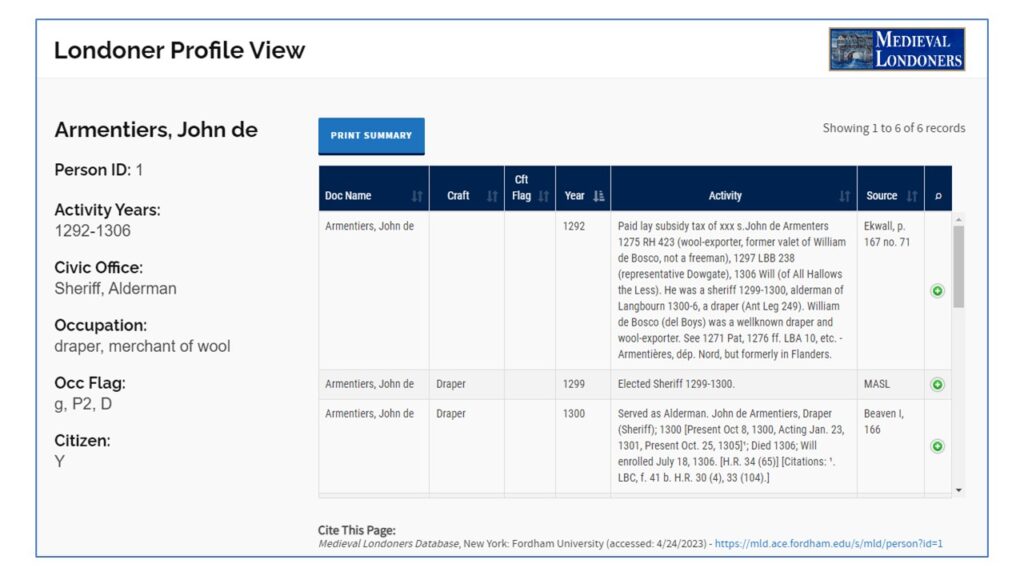
The Skinners
Skinners, also called peleters or pelliparii in Latin, were responsible for scraping and curing raw animal skins with alum, salt, grease, and other materials to produce furs that were primarily used to line clothing. At the high end of the trade, merchant skinners focused their efforts on importing skins from overseas, especially luxury furs of ermine, fox, marten, and squrrel from the Baltic, and selling and exportng the finished fur products. They hired other skinners, who generally were not part of the livery, to dress and finish the skins. Tawyers also dressed skins, as did Greytawyers, who specialized in dressing squirrel skins.
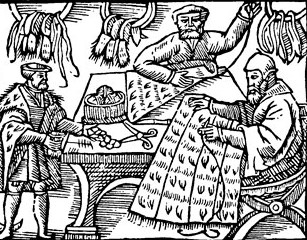
Merchant skinners become more prominent in the thirteenth and fourteenth centuries when the wealth and political status of skinners ranked them above all the other leather crafts, although well below that of purely mercantile companies like the Fishmongers and Mercers. The Skinners craft, which was counted among the Great Twelve of the city livery companies, grew out of a religious fraternity which by the fourteenth century was called the Fraternity of Corpus Christi and began receiving royal charters that augmented the economic and political powers of the merchant skinners. Other freemen skinners formed the fraternity of Our Lady’s Assumption, which became associated with the working skinners or yeomanry, although its membership grew to include small masters and their wives in other crafts, as well as artisans and even gentry from beyond London. Their early accounts are extracted in J. J. Lambert, Records of the Skinners of London (1933), which provided 234 records for this dataset. See also Elspeth Veale, The English Fur Trade in Later Medieval England (1966) for more on the skinners (and for the image above).
Cliff Webb has generously contributed his transcriptions of apprenticeship entries to the Worshipful Company of Skinners, taken from two sources. The main source is the Register of Apprentice Bindings and Freedom Admissions, which provided 990 records to the new dataset; they list the name and enrollment date of the apprentice, the name of his master, and usually the name, residence, and occupation of his father. The second source, the Receipts and Payments Book, was used to fill gaps (1515-21) in the Regiser of Apprentices because it covers the periods 1491-1510 and 1510-35, although the 305 records they contribute do not reference the father of the apprentice and only give the calendar year of the entry.
The information on apprentices’ fathers is especially valuable and was exploited by Sylvia Thrupp in Appendix C of The Merchant Class of Medieval London (1948) for 1496-1500 to compare the geographical reach of the Skinners Company to the narrower catchment area at of the Tailors. John Wareing, in a 1980 article in the Journal of Historical Geography, “Changes in the Geographical Distribution of The Recruitment of Apprentices to the London Companies 1486-1750,” used an even wider tranche of the Skinners evidence (along with evidence from other companies) to argue that the recruitment area for London apprentices contracted significantly from the sixteenth to eighteenth centuries at the same time as the proportion of apprentices coming from London itself grew. By making available the medieval evidence for the migration field of Skinners apprentices, Cliff Webb and MLD now facilitate a more detailed examination of not only the geography of recruitment, but also of the family status and success of individual recruits whose records of wealth and political position are also recorded in MLD.
Saddlers and Associated Crafts
The base of a medieval saddle was a wooden “tree” padded with wool or horsehair on the top and bottom and covered in leather or some type of fabric. It had a high back (called the cantle) and front (the pommel) to prevent the rider from slipping, and usually had various leather straps to help hold the saddle onto the horse. Because of the different materials and components used, several different crafts were involved in making saddles, including fusters who made the wooden frame, joiners who put together the different wooden parts of a saddle, lorimers who made the metal bits for harnesses, tanners who provided tanned leather, and painters who decorated the final product. The saddlers covered the saddles with padding and leather and coordinated the work of the other crafts. The cooperation required, however, often led to disagreements, some of which ended in violence. In May 1327, for example, violent clashes between the saddlers and the joiners, lorimers, and painters in Cheapside led to several deaths, which in turn generated petitions against the saddlers for their unfair trading practices and attempts to control the other crafts (Memorials, 156-62). The Saddlers also experienced internal disputes, as in 1396, when the masters of the Saddlers tried to break up the fraternity organized by their serving men or yeomanry (Memorials, 541-4).
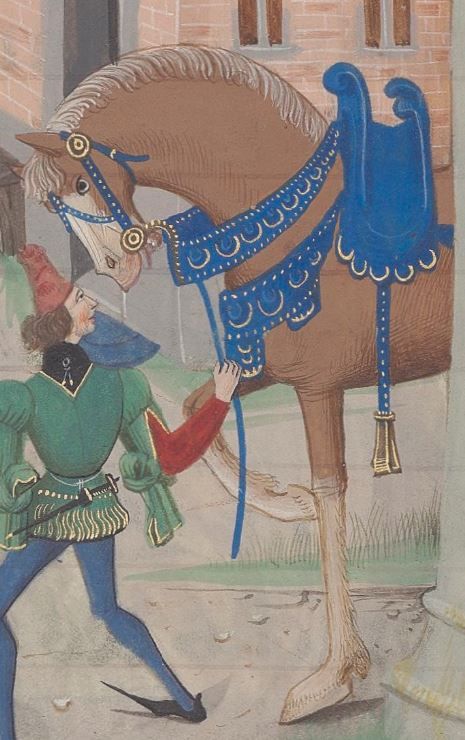
Records for 175 saddlers and 438 of their family members and associates who appeared in the Calendars of Letter Books and Ancient Deeds (TNA E40) were recently entered into MLD by Petyton Seabolt, whose doctoral research has centered on medieval equine culture. Many of these records show peaceful interactions between the saddlers and other artisans associated with the manufacture of saddles. For example, in 1336 the saddler John de Shoredych and his wife Hawisia leased a tenement in St Alphege to a fuster named William Payn and his wife Juliana. Hawisia was herself the daughter of a fuster, Hugh de Blithe. Another saddler, Gilbert de Tauntone, entrusted the guardianship of his seven-year old son Thomas to a fellow saddler, William Pikerel, along with household goods including a silver cup, nine silver spoons, a dish and ewer, a brass pot, and a gilt girdle; his sureties included two saddlers, a lorimer, and a goldsmith. This dataset, when combined with other records on the saddlers and their associated crafts, offer many opportunities to explore the interlocking commercial, financial, and personal relationships of the crafts centered on the manufacture of saddles in medieval London.
Building Accounts and Contracts
A new sub-section listing building accounts and contracts has been created under the Trade and Finance section of Written Resources. It includes recent editions of the building accounts of St Stephen’s Chapel, Westminster, 1292-1316 (Boydell, 2020) and of the Savoy Hospital, 1515-20 (Westminster Abbey Record Series, 2015), as well as the well-known Westminster Abbey building accounts in Howard Colvin’s Building Accounts of Henry III (1971), and less-known extracts about medieval glazing from a variety of accounts for London and Westminster buildings. The section also lists building contracts involving carpenters, masons, an alabasterer, and a marbler who were employed to construct domestic, commercial, and ecclesiastical buildings, as well as for work on paving, plaster work, roofing, tombs, and wharves. If you know of other London, Southwark, or Westminster building accounts and contracts in print or online, please contact us with the details.
Forthcoming Book
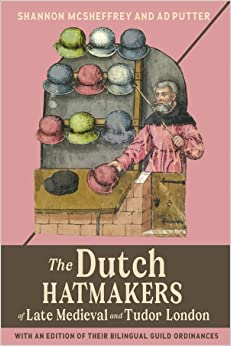
Shannon McSheffrey and Ad Putter, The Dutch Hatmakers of Late Medieval and Tudor London (Boydell and Brewer, August 2023). This volume focuses on migrant hatmakers from the Low Countries who introduced new techniques for making brimmed felt hats in England. In the early sixteenth century, the so-called ‘Dutch’ hatmakers formed their own London craft association, the fraternity of St James, although within ten years they were forced to submit to the powerful London company of the Haberdashers. This volume includes an edition of the texts in the Hatmakers’ guild book, including their bilingual ordinances, which regulated their craft. This book can be pre-ordered in advance in hardback and paperback, but will also become available via open access.
